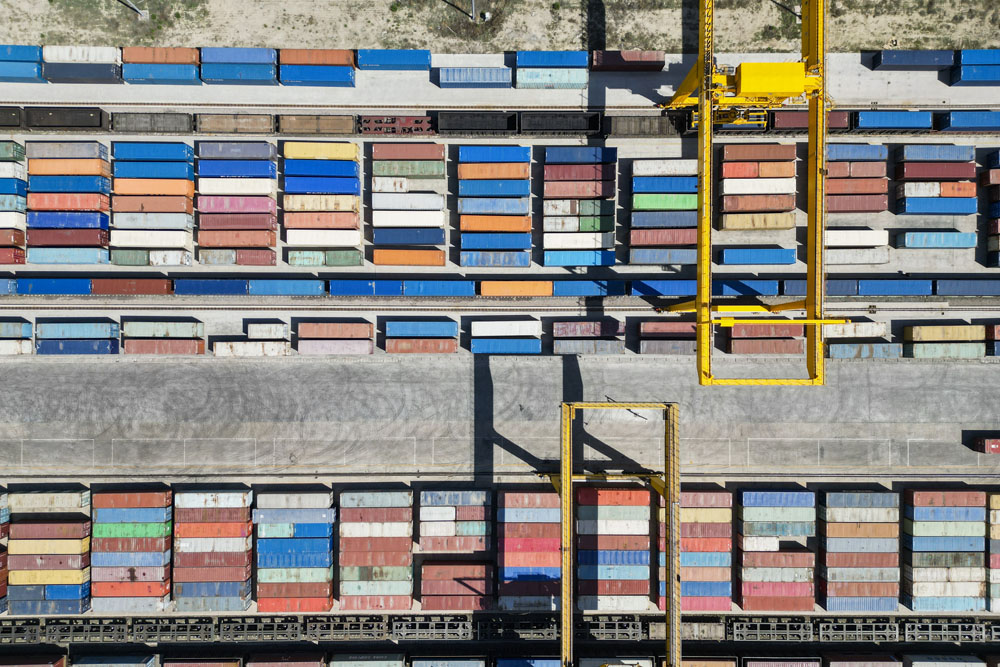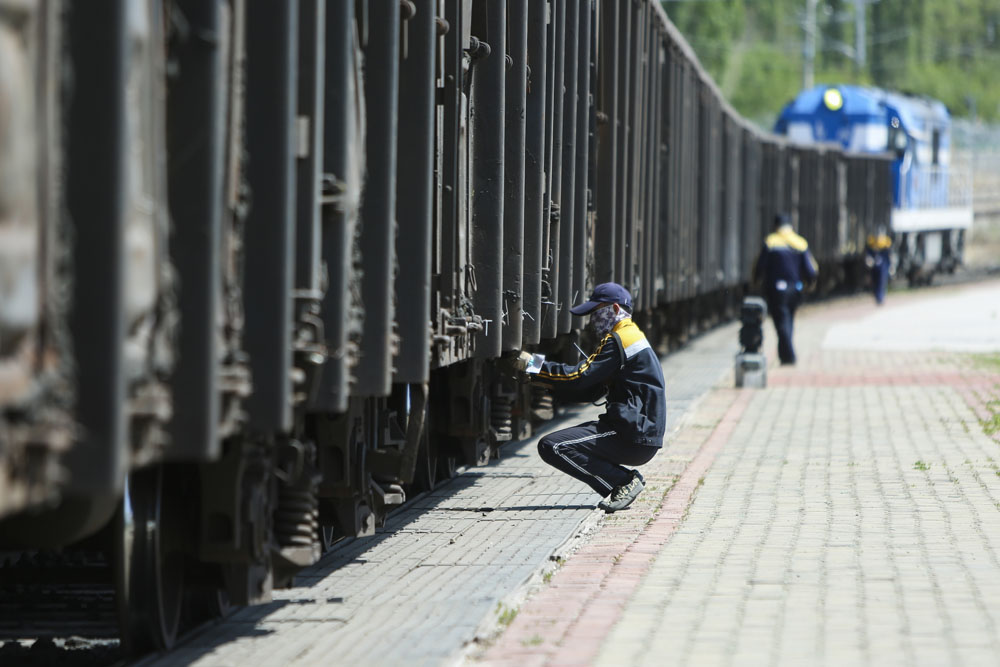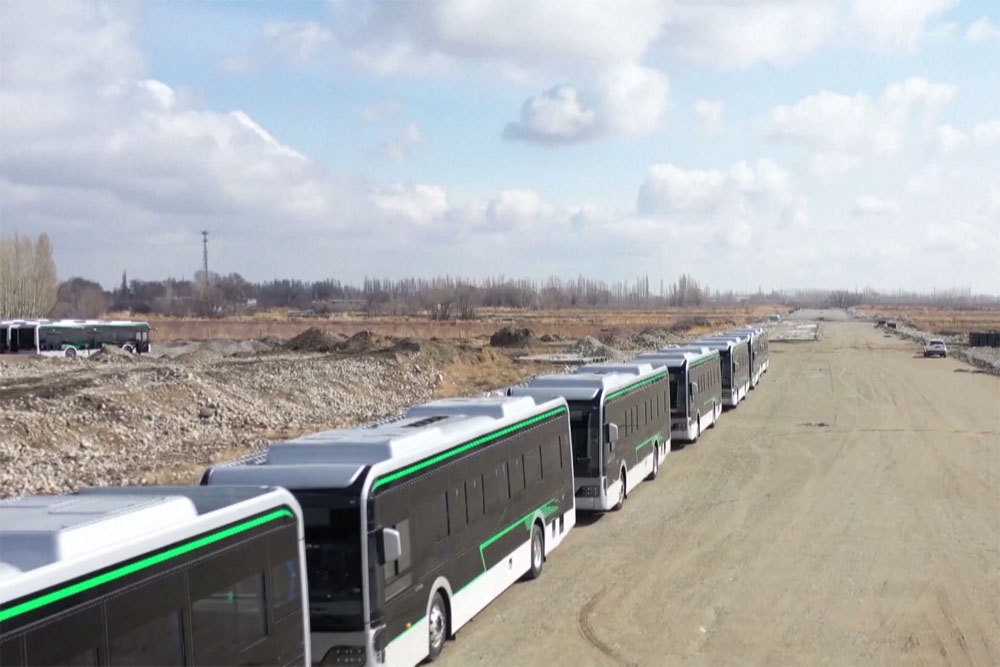Khorgas, Xinjiang Uygur Autonomous Region, is a microcosm of China's trade with Central Asia and beyond.
The Silk Road trading post is now a major land port with Kazakhstan. The Belt and Road Initiative, proposed by China in 2013 to boost connectivity along and beyond the ancient Silk Road routes, has reenergized this inland border town.
Official data show that as of May 10, 2,715 trains had passed through the Khorgas railway port this year as part of the China-Europe freight train service, a flagship program of the Belt and Road Initiative, representing a year-on-year increase of 22.9 percent.
























